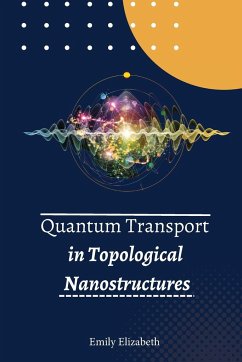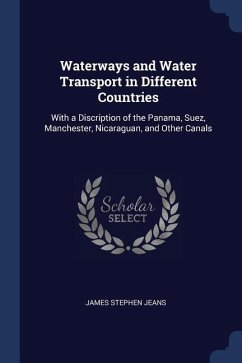Quantum transport through topological insulator based nanostructures is an area of research that has garnered significant interest in recent years. This field of study involves the investigation of the behavior of electrons as they move through materials known as topological insulators, which have unique properties that make them useful for a wide range of applications in electronics and photonics. Topological insulators are a type of material that is characterized by its ability to conduct electricity on its surface while remaining insulating within its bulk. This unique property arises from the topology of the material's electronic band structure, which leads to the formation of electronic states that are protected from backscattering by time-reversal symmetry. One of the most exciting applications of topological insulators is in the field of quantum computing. The unique electronic states of these materials make them ideal candidates for the development of topological qubits, which are expected to be more robust against decoherence than traditional qubits. To investigate the behavior of electrons in topological insulator based nanostructures, researchers use a variety of experimental techniques such as scanning tunneling microscopy (STM) and angle-resolved photoemission spectroscopy (ARPES). These techniques allow researchers to study the electronic structure of these materials with high spatial and energy resolution. One of the most important phenomena that researchers study in the context of quantum transport through topological insulator based nanostructures is the quantum Hall effect. This effect occurs when a magnetic field is applied perpendicular to the surface of the material, leading to the formation of a series of quantized Hall conductance plateaus. These plateaus are directly related to the topological properties of the material's electronic band structure and are therefore an important tool for investigating the behavior of electrons in topological insulator based nanostructures. Another important area of research in this field is the investigation of the behavior of electrons at the interfaces between topological insulators and other materials such as superconductors or ferromagnets. These interfaces can give rise to novel electronic states such as Majorana fermions, which have potential applications in topological quantum computing. In addition to their applications in quantum computing, topological insulators are also useful for a variety of other applications in electronics and photonics. For example, these materials have been used to develop high-speed, low-power transistors and to improve the performance of solar cells. Overall, quantum transport through topological insulator based nanostructures is a rapidly growing field of research with a wide range of potential applications in electronics, photonics, and quantum computing. As researchers continue to investigate the behavior of electrons in these materials, it is likely that we will see further advances in our understanding of quantum mechanics and the development of new technologies based on these unique materials.








